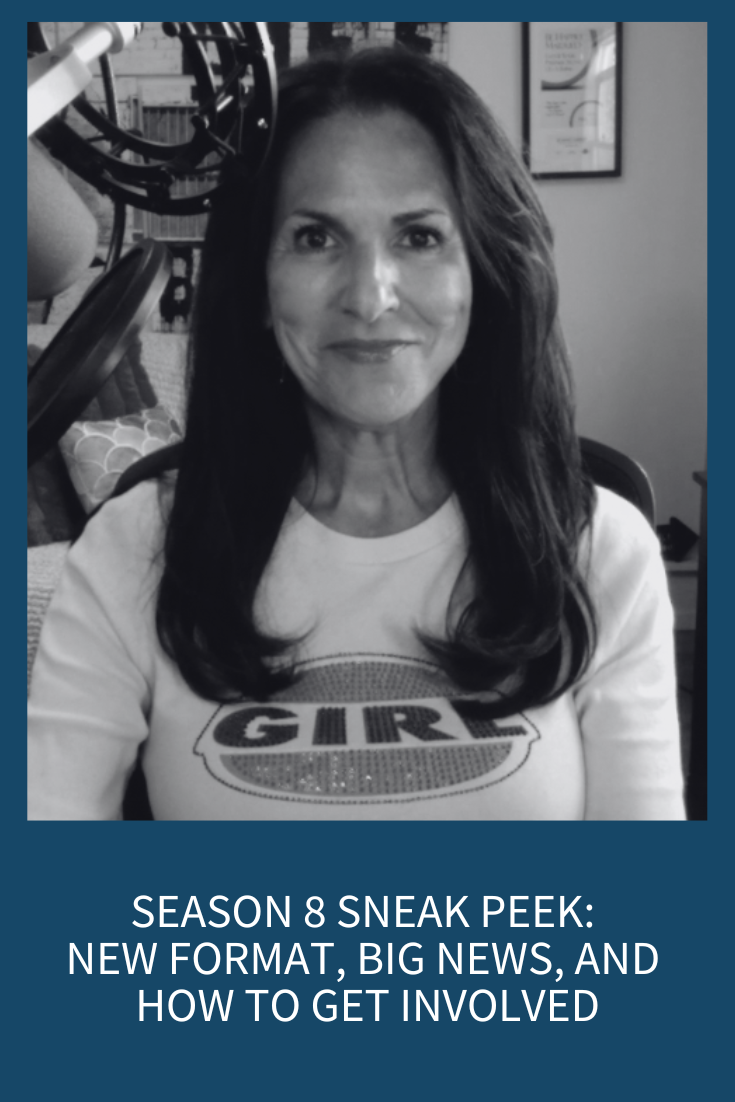
Anyone who knows me knows that I love to make things as simple and easy-to-apply as possible. There’s so much information coming at us from every angle and it can get overwhelming and confusing just trying to keep up! I want things more accessible so you can use the great new techniques or tools that come out and truly make your life better!
That’s why I was so excited when I recently read Joy on Demand by Chade-Meng Tan. I’ve been a huge fan of Tan for years. He’s best known for being former employee 107 at Google who started giving mindfulness classes to his coworkers to help them manage stress. His groundbreaking work combining attention training and emotional intelligence (which can be found in his previous book, Search Inside Yourself changed the way I work with both organizations and individuals.
I love Tan’s work because he combines excellent research from different areas into awesome new ways of thinking. This latest is no exception as he offers a new way to create happiness in just a few seconds. I’ve been trying out this new method and instructing my clients to do the same, and the results (so far) have been so good, I felt I had to share them.
His new idea boils down to this: recognize “thin slices of joy” and you’ll be happier. In an interview with CBS News Tan explains it this way: “Right now, I’m a little thirsty, so I will drink a bit of water. And when I do that, I experience a thin slice of joy both in space and time. It’s not like ‘Yay!’ It’s like, ‘Oh, it’s kind of nice.’”
We experience this type of thing all the time, but usually these experiences are unremarkable: eating something when you’re hungry, not being in pain, the sensation of stepping from a hot street into an air-conditioned restaurant, the moment of connection when you hug your kid or pet your dog. Although they only last two or three seconds, these small moments add up. According to Tan, the more you notice these little moments of joy, the more you will experience joy in your life as a whole.
“Thin slices of joy occur in life everywhere… and once you start noticing it, something happens, you find it’s always there. Joy becomes something you can count on,” says Tan. The bottom line: you’re familiarizing your mind with joy so you start to see it more and more often.
Tan believes that being unhappy is basically a mindset (habit) that can be changed. He believes this has more to do with practicing consistent mental exercises (which we’ll get to in a minute), than with sitting through hours of therapy.
This concept isn’t just a sound bite. It’s actually a thoughtful theory based on the latest research about habits and what it truly takes to change them. So, let’s jump into that for a moment and then we’ll get back to Tan’s “thin slices of joy.”
Your brain is always looking for the easier way of doing things so it can conserve energy. This effort toward efficiency results in what we call “habits.” Research shows that as many as 40% of our daily actions are based on habits, not conscious decisions.
In his book, The Power of Habit, author Charles Duhigg describes habits as a three part loop:
- An External cue/Trigger: something that happens in your environment (i.e., your alarm clock ringing)
- The Routine: this is what you usually do when this particular cue presents itself (i.e., getting out of bed and taking a shower), and
- The Reward: a feeling of success (i.e., that clean, refreshed feeling you get after a shower)
Habits are very resilient because learning and maintaining habits is stored in the basal ganglia, a part of our brains that can function normally even if the rest of the brain is damaged. This resilience means it’s hard to kick a bad habit (and that there’s always a chance of relapsing).
Kicking a habit is also hard because you develop a craving for the reward at the end of the habit loop. Craving is what makes the habit stick! Once we become used to a cue-routine-reward habit, our brains anticipate the reward even before we get it. So if you deny the reward, you likely get frustrated and grumpy.
Using this information, Tan believes you can train yourself to experience joy with a few simple exercises that incorporate this research about how to successfully change habits. Here are three exercises Tan suggests for finding “thin slices of joy” and changing your overall mindset to a happier one:
Exercise #1: Look for Thin Slices of Joy
Be in the here and now in your day-to-day life and purposefully notice the joyful moments in your day, however short or small they may be. Notice how good it feels to stand in the shower with the warm water running down your body. Be aware of how the first thing you drink every day feels going down your throat and quenching your thirst (or need for coffee). Be in the moment when you kiss your partner or children good bye as you leave for work. Take in the moment of happiness when a friend texts you or your partner says “I love you.”
This exercise contains the three components needed to build a successful habit:
- The External Cue/Trigger: the pleasant moment
- The Routine: noticing the moment, and
- The Reward: the feeling of joy itself
Exercise #2: One Mindful Cleansing Breath
Bring your attention (gently) to one cleansing breath. Breathe in through your nose for a count of four. Hold the breath for a count of five, and then breathe out through your mouth for a count of eight. This is a cleansing breath done mindfully. If you have more time, just focus on your breathing for one minute. Either way, give it your total attention.
Exercise #3: Set an Intention of Kindness
Think of any two people in your life (they don’t have to be present to win). Think consciously of them one at a time and think to yourself, “I want X to feel happy and peaceful today.” That’s all.
These thin slices of joy only last a few seconds but they add up! The more you notice joy, the more you’ll experience joy in your life.







